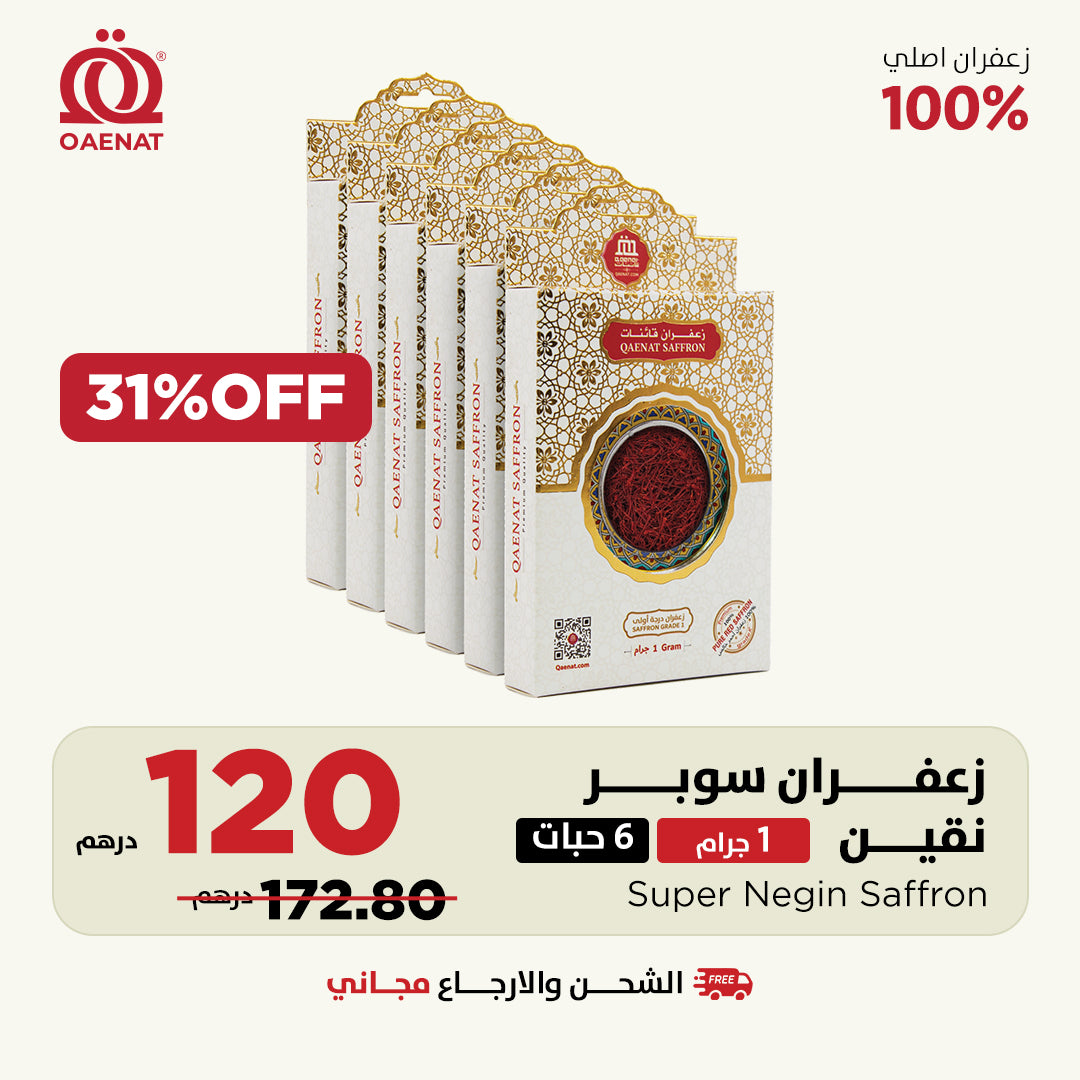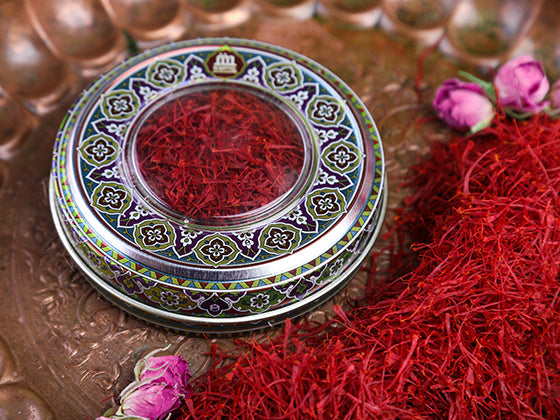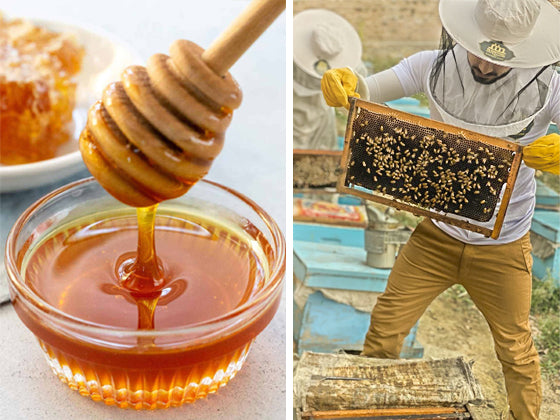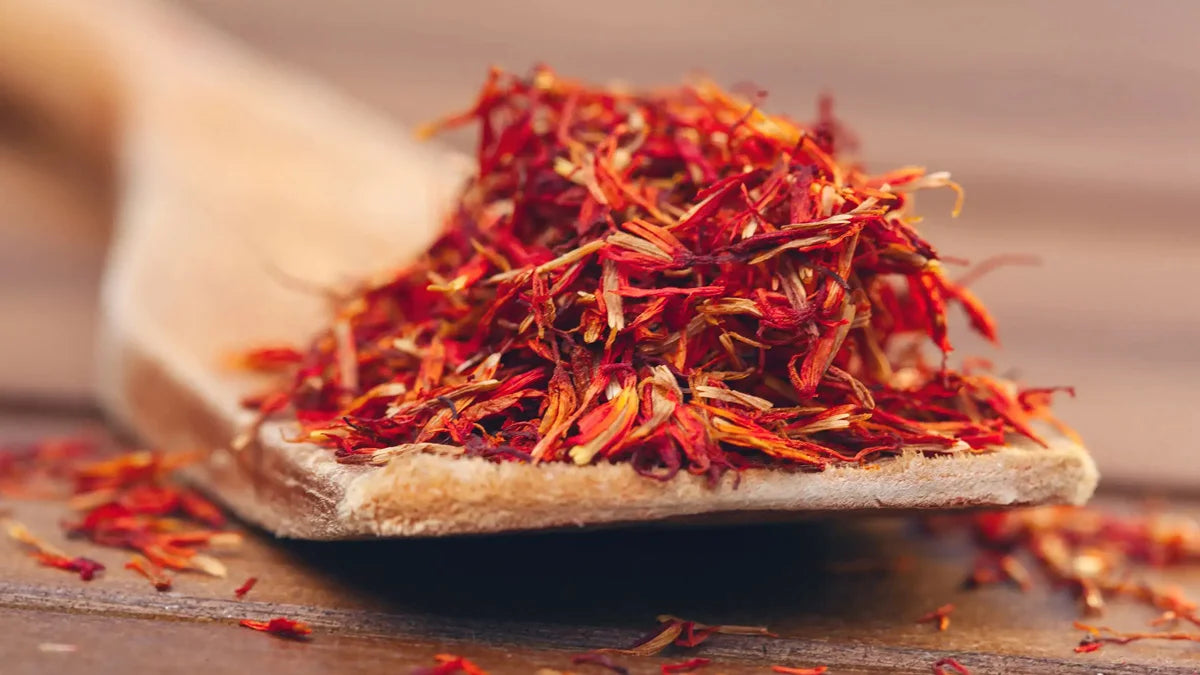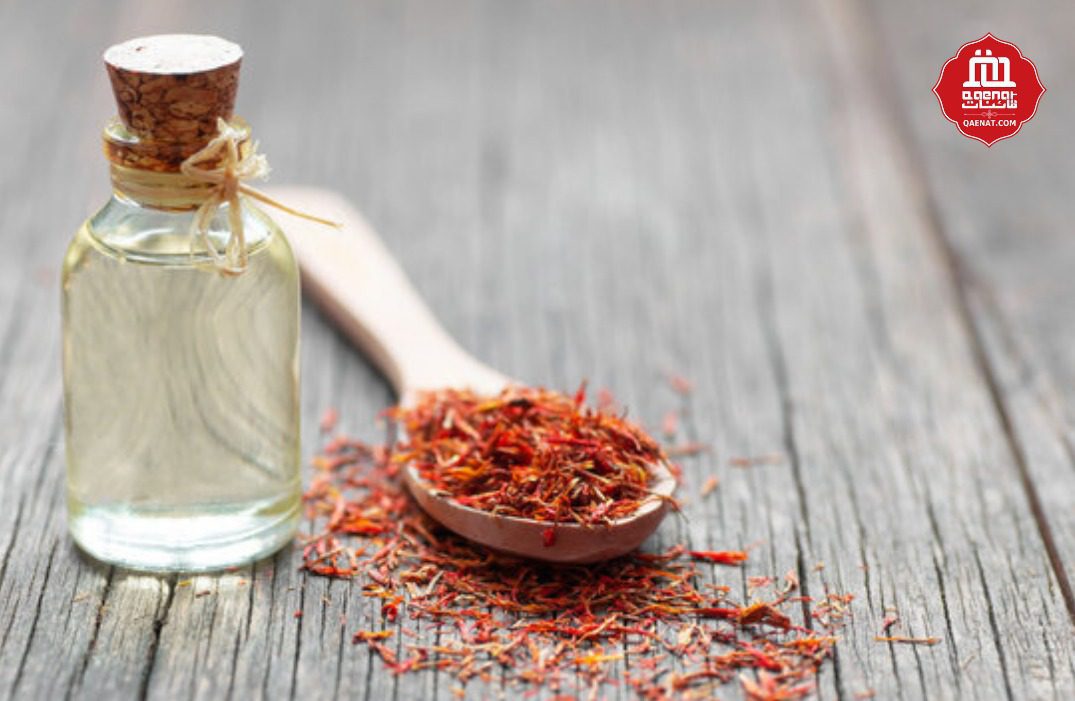What is saffron threads?
The saffron plant is known as having delicate and thin leaves, embroidered with white, and its flowers are lilac, and the saffron threads are dark red, with some yellowing sometimes. Saffron has remained throughout history among the most expensive products; Due to its rarity all over the world. It is good to know that one of the most beautiful and elegant saffron threads is the one that grows in the Qaenat region in Iran, where the fertile land and the ideal climate for growing the finest types of saffron.
History of cultivation of saffron threads
The history of saffron cultivation spans more than three thousand years, spanning across many cultures, continents and civilizations. The saffron threads are beautiful and delicate, and peoples have a special place in their culinary, medical and aesthetic dictionary, and the plant itself is one of the most beautiful onion plants, with dark red threads, and there are many types of them that are not used for eating purposes, but are used to make bouquets of roses that lovers exchange.
Scientific name of saffron
The origin of the name saffron (zafran) goes back to the Arabic language, then it was translated into Persian to become “zaferan.” Most of the world’s languages took their name for saffron from the old French in the twelfth century, especially the word “safran”. The origin of the English name "Saffron" goes back to the Latin "safranum", which it took from Old French, and the Italian name "zafferano" was also inserted from Old French, as is the case with the Spanish name "azafran". The French origin, of course, goes back to the Persian language, which probably came from Arabic.
The original home of saffron
Some historians mentioned that the first homeland of saffron threads was Iran, especially in the Qaenat region. The Iranians used saffron threads to sew some clothes for the royal family and the rich. In addition to its use in medicine, coloring, perfumes, disinfection and washing, as well as they used to spread it on sleeping beds, and boil it in tea to ward off depression and sadness. Then saffron spread in many regions of the world, such as India, China, Gaza, Egypt and the island of Rhodes, and saffron threads were also used for the purposes of perfume, beautification and medicine.

Percentage of world production of saffron threads
According to the latest available figures, the world annually produces only 300-400 tons of saffron. Most of them come from Iran, Spain, India, Greece, Morocco, Azerbaijan and Italy, which give it special importance since the days of Roman civilization. That is why saffron is considered one of the most expensive and rarest plants in the world. The reason for this is that what is used of saffron is the stigma or thread, or what can be described as the delicate flower leaves that are used to pollinate the plant. And also because of the process of picking and collecting saffron, which is a delicate process before drying it slowly. Although it dries quickly after picking. An individual needs between 110,000 to 170,000 flowers to obtain one kilo of saffron threads, and this requires 40 hours of continuous work. It is good to know that the residents of the Qaenat region are among the most famous experts in the field of saffron cultivation and picking. Because of their long history with this red gold.

Conditions for growing saffron threads
Saffron is considered a rural plant that bears very harsh climatic conditions, as it bears cold to (-10) degrees, and even (-15) degrees Celsius. As well as the temperature up to (40) degrees Celsius, and for several days, provided that this does not correspond to some sensitive stages of the plant's life.
As for the onion, it needs a suitable soil that is slightly dry, because it is damaged by suffocation in clay and clod soils. Moisture causes the bulb to rot, and it is damaged by drought in sandy soils. Saffron is not affected by the acidity in the soil. For information, the need of the saffron plant for water is medium, it is between (600-700) mm per year, distributed throughout the cycle of the plant. Therefore, saffron cultivation is not suitable in dry areas with irregular rains. This affects the quality of the saffron threads, except in the irrigated areas, such as the lands of Qaenat.
How to grow saffron
As for the land suitable for cultivating saffron, it is preferable to choose lands of medium height, so that the crop will be good in terms of the quantity of production. And saffron needs deep plowing of the soil immediately before planting, in order to aerate the soil, and to eliminate harmful plants. Therefore, the people of the Qaenat area use modern plows. One or two bulbs are placed in one hole, and a distance of 7 to 10 centimeters is left between each hole, to obtain the appropriate density, and thus the saffron needs vast lands.
The price of saffron is high due to the manual picking process
How to water the saffron threads
The frequency of watering saffron varies according to the percentage of rainfall in the area and the quality of the soil. It may need 8 to 10 watering times during the plant cycle annually. That is, at the rate of two watering operations during one month, during the month of October: the saffron is watered twice, during the beginning and middle of the month; To stimulate the saffron follicles to grow, this stage is very important. Also, at the end of October, the saffron flowers are watered again if the rain has not fallen at this stage. Because it is one of the critical stages in the life of saffron. In mid-November: the saffron should be watered again, especially when the rain is late; To stimulate the emergence and growth of saffron leaves and threads. It is advisable to water it during the month of March, once or twice, according to the percentage of rain in this period. Also, saffron should not be watered during the dormant phase, which coincides with the beginning of the summer, before the beginning of October.

How to pick and dry saffron
In addition, the flower picking is the most complex process of all seasons. It requires patience and speed of completion. It is during the early morning before sunrise; To ensure full blooming of flowers. And removing saffron threads manually, which is the goal of the whole project. Then the stage of sorting the saffron threads from the flower leaves begins immediately after picking the flowers. Because the flowers rot quickly, the saffron is then dried by exposure to sunlight. But in Qaenat, thanks to the new technologies in place, the saffron is dried very carefully; In order to maintain high quality, bright color, wonderful taste, pleasant aroma and attractive appearance. Then it is placed in airtight containers - especially those available in the Qaenat Company - to sell it in the market, and its validity may last up to five years.
